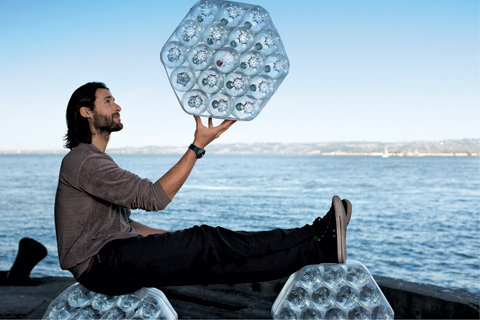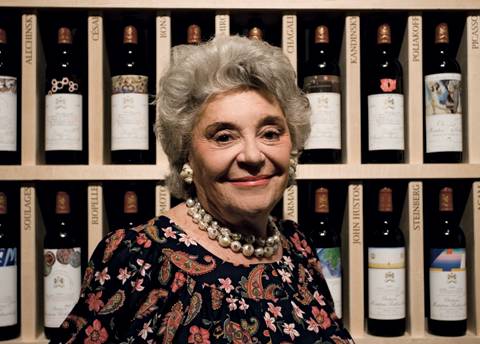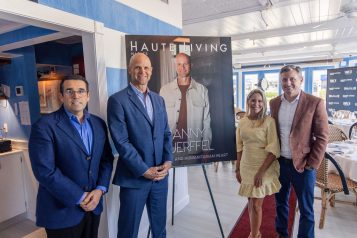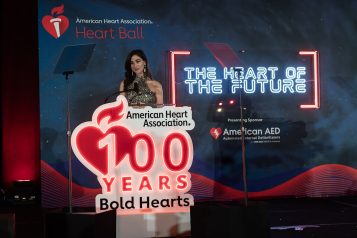The size and scale of the project, alongside some amazing new innovations in materials and build techniques, mean we have to let the build process develop organically.
In April, noted environmentalist David de Rothschild (of the famous British Rothschild banking family) and his organization Adventure Ecology, along with a crew of experts, scientists, and creatives, will take that trek on a 60-foot catamaran, dubbed Plastiki, made entirely of plastic bottles and recycled waste products. De Rothschild explains, “The Plastiki is a platform for smart thinking, demonstrating that the plastic bottle, the everyday, iconic pin-up of mass consumption, can be transformed into an effective and useful resource.” The group will travel through a number of fragile and ecologically challenged regions, including the world’s largest waste dump, commonly known as “The Great Eastern Garbage Patch.” Just a few weeks before the intended launch, de Rothschild shares his thoughts on the quest’s inspiration, goal, and groundbreaking green technology.
Haute Living How did you first become involved with environmental issues?
David de Rothschild For so long, the issue of “green” was such an overwhelming concept. I wanted to take it out of that realm in order to captivate, engage, and encourage a new community to get involved and take positive action for our planet. We can make saving the planet an adventure.
HL What is the inspiration behind your pending trip? How/why did you decide to build the craft out of plastic bottles and waste products?
DR In June 2006, I read a report issued by UNEP called “Action Urged to Avoid Deep Trouble in the Deep Seas,” which alerted me to the fundamental issues facing our oceans….I felt I had to do something. True to Adventure Ecology’s values, I wanted to create a compelling and pioneering adventure that would not only be informative but also would capture the imagination of a global audience and empower them to act more responsibly towards our planet.
One of the inspirations behind the Plastiki adventure was Thor Heyerdahl’s 1947 expedition, The Kon-tiki, which saw Heyerdahl and five like-minded adventurers traveling to Peru where they built a replica of an ancient Inca raft from balsawood and other native materials and sailed it across the Pacific to test his theories on early Peruvian settlements. By putting his theories into practice in such an audacious and bold way, Heyerdahl was able to raise phenomenal awareness and educate generations of people. We hope to achieve this with the Plastiki within the context of the environment and the world’s oceans.
HL How long will the construction of the vessel take, start to finish?
DR As with any expedition, there is a certain element of the unknown. Whereas we have a timeline in place, with the plan to launch in April, when you work with new materials there will the always be a considerable amount of research and development involved, with more emphasis on the development and less on the research in the case of the Plastiki. The size and scale of the project, alongside some amazing new innovations in materials and build techniques, mean we have to let the build process develop organically. The boat will be like nothing ever seen before; the whole team is very excited about the unveiling.
HL Why did you choose San Francisco as the building/launching point?
DR We chose San Francisco for its international location and proximity to Hawaii. The Bay, with its sailing community, has been an ideal testing ground, and we are lucky enough to have the ongoing support of Mayor Gavin Newsom. Also, with the link to its “Sister City,” Sydney, it made sense to start and end the voyage on opposite sides of the Pacific Ocean.
HL Where are you sourcing your materials? What all is being used to create the craft?
DR The Plastiki is a 60-foot catamaran made almost entirely from post-consumer plastic water and soda bottles with self-reinforced PET thrown in for good measure. Self-reinforced PET is a cutting edge material developed by a company in Denmark called Comfil and is a very new technology that has never been used to make anything like a boat before.
PET is a smart plastic that takes advantage of material properties to reinforce itself without the need for a secondary material like glass or carbon, which means that there are no contaminants in the panels that would prevent it from being recycled-it is all just PET, no glues, no resins, and infinitely recyclable, which is key to the expedition legacy. The floatation of the vessel will be provided by approximately 12,000 post-consumer plastic bottles fitted around the structure and held in place by retaining nets and longitudinal PET tubes that run the length of the boat. Without the bottles, the boat would sink.
I have been lucky enough to work alongside some of the world’s leading institutions, engineers, designers, marine architects, and sustainability experts on the build. I have also worked closely with naval architect Andy Dovell and boat builder Mike Rose, who have translated the initial design into a pioneering 60-foot catamaran, as well as leading experts in the sustainable design field such as Architecture for Humanity and ARUP. Together our key partners have helped make the Plastiki not only a blueprint for sustainable design solutions but also a research station and a floating, self-maintained community for the duration of the voyage.
HL What are some of the biggest challenges you have encountered so far?
DR The whole journey so far, from the day of inception to the day we started working on the construction of the vessel, has been a huge learning curve. Our main objective was to create a vessel designed and constructed out of plastic bottles that not only performed in the water but also showcased smart and innovative design solutions that rethink waste as a resource.
This led to our first major challenge, which was how we keep the integrity of the bottles so it wasn’t simply the case of melting down the plastic, as the actual visible presence of bottles has been at the core of everything.
And then within that, there has been an even bigger challenge as our design meant that the water would actually flow through and around the bottles, which goes against goal one of boat building-keeping the water out. Here we are letting all the water in. It is the intention that the vessel, through its engineering, the use of alternative technologies, and the environmentally sustainable design solutions used to inform its creation, will help to inform positive industry-wide change.
HL What are some challenges you think you will face during the crossing? How are you prepared to meet these challenges?
DR I think that the most challenging moments will lie in the unknown. From previous experience I have found that during an expedition, no matter how much you plan for the unknown, what you expect is often not what you get. It’s those unexpected challenges that make an exciting, if risky, expedition.
My training at the moment consists of reading lots of books, particularly worst-case scenarios, and flooding myself with horror stories on the disasters of sailing. I like to prepare myself for the worst, so any plain sailing will be a welcome bonus.
HL How did you determine the route the Plastiki will take?
DR We wanted to raise awareness on the challenges our oceans and its inhabitants face by creating an expedition that reaches across the whole of the Pacific from San Francisco Bay to Sydney Harbour. This expedition will give us a platform to explore and highlight a number of the issues facing different areas of the Pacific, including the sinking islands of Tuvalu, the effects of mass pollution due to sub-water testing of nuclear armament and coral bleaching, as well as using it to tell positive stories about communities that are learning alternative ways of creating income now that the fisheries have been closed due to over-fishing, and showing cases of coral rejuvenation. By navigating this vast and volatile stretch of ocean, we hope to captivate, inspire and activate people to connect and share in the wonders across the whole of the Pacific and share with us in witnessing the overwhelming effects of global warming on ecosystems and our planets inhabitants.
Adventure Ecology will be providing regular online updates at www.theplastiki.com, including video diaries, pictures of the day, blogs, GPS positioning, and much more.





















